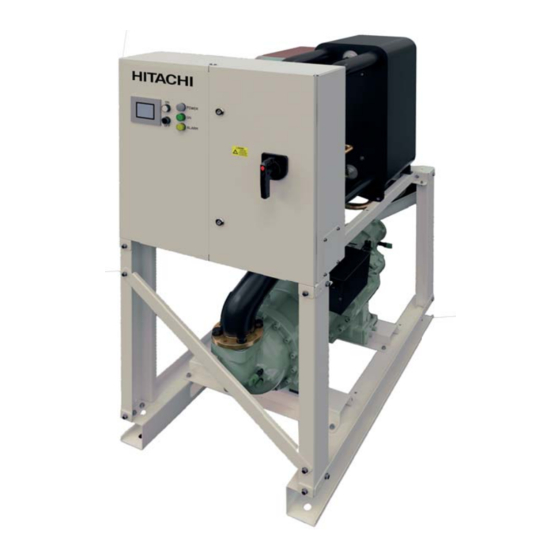
Hitachi SAMURAI Series Service Manual
Water cooled water chillers -modular-r134a-screw type
Hide thumbs
Also See for SAMURAI Series:
- Service manual (137 pages) ,
- Service manual (174 pages) ,
- Manual (118 pages)







Need help?
Do you have a question about the SAMURAI Series and is the answer not in the manual?
Questions and answers